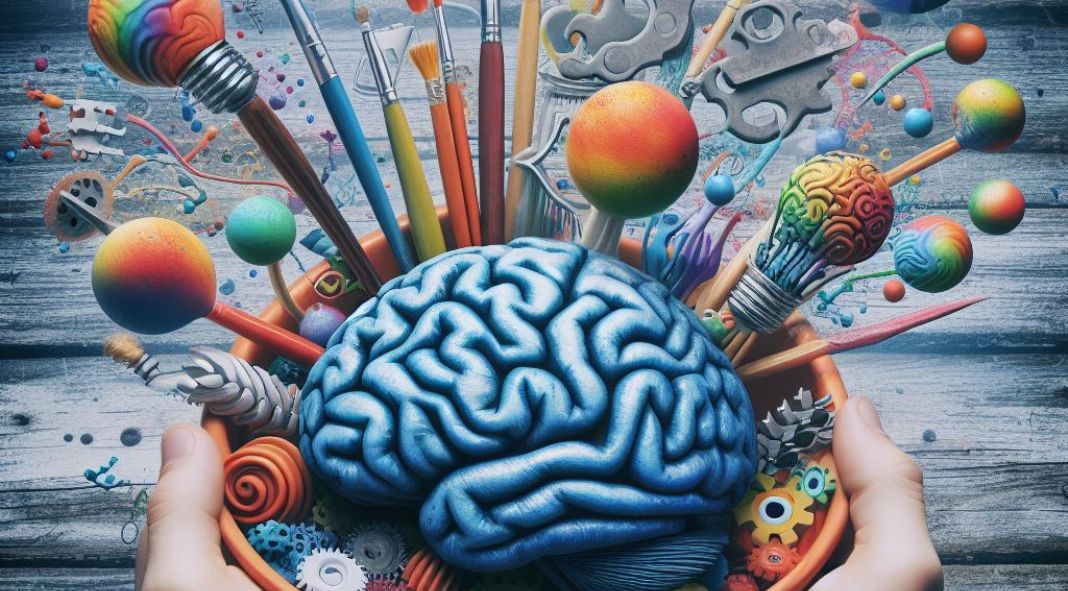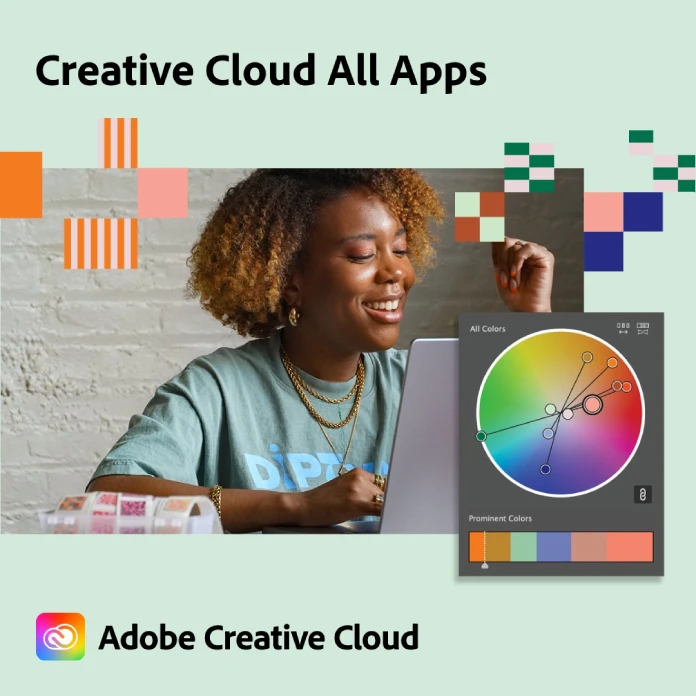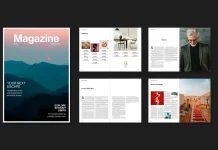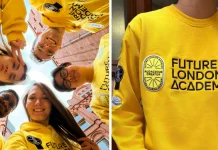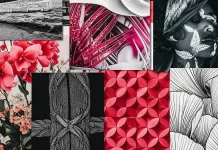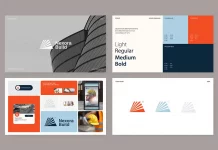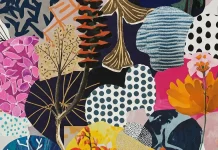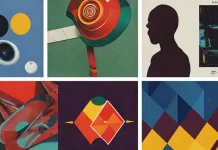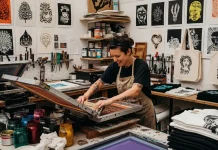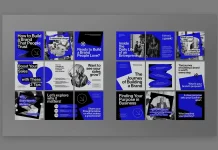In recent years, the concept of neurodiversity has gained prominence in discussions about creativity, innovation, and workplace dynamics. As we recognize the value of diverse perspectives, it becomes crucial to explore how different ways of thinking and learning contribute to the vibrancy of creative industries. In this comprehensive blog post, we delve into the intersection of neurodiversity and creativity, emphasizing its impact on inclusivity, accessibility, and groundbreaking work.
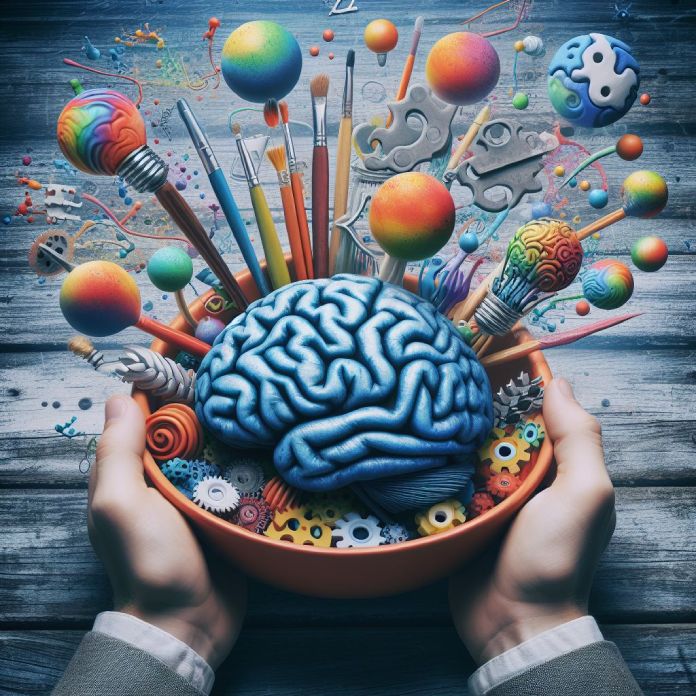
What Is Neurodiversity?
Neurodiversity challenges the traditional notion of “normal” brain function. Rather than viewing neurological differences as deficits, it celebrates them as variations within the human experience. Conditions such as autism, dyslexia, ADHD, and dyspraxia fall under the umbrella of neurodiversity. These conditions bring unique cognitive strengths, allowing individuals to perceive the world differently and contribute fresh insights.
Creativity and Neurodiversity
1. Divergent Thinking
Divergent thinking—the ability to generate multiple solutions to a problem—is a hallmark of creativity. Neurodivergent individuals excel in this area. Their unconventional thought patterns lead to innovative ideas and novel approaches. Whether it’s designing a user-friendly app or composing a symphony, neurodivergent minds thrive on breaking free from conventional molds.
2. Problem-Solving
Neurodiversity fosters out-of-the-box problem-solving. While linear thinking is essential, lateral thinking—connecting seemingly unrelated concepts—fuels breakthroughs. Imagine a graphic designer with ADHD who effortlessly combines colors and shapes in unexpected ways. Or a programmer with autism who spots patterns others miss. These individuals enrich creative teams by offering fresh angles and solutions.
3. Sensory Sensitivity
Many neurodivergent individuals experience heightened sensory perception. For artists, musicians, and writers, this sensitivity translates into richer, more nuanced work. The autistic painter who captures emotions through vivid colors or the dyslexic poet who plays with language—both contribute to the tapestry of creativity.
Inclusivity and Accessibility
1. Creating Safe Spaces
Inclusive workplaces recognize and celebrate neurodiversity. They provide psychological safety for employees to express their authentic selves. Leaders encourage open dialogue, ensuring that differences are valued rather than suppressed. When employees feel accepted, they contribute more effectively to collaborative projects.
2. Accommodations
Accessibility is key. Simple adjustments—such as flexible work hours, noise-canceling headphones, or visual aids—make a significant difference. Employers must understand individual needs and tailor accommodations accordingly. For instance, dyslexic writers may benefit from speech-to-text software, while autistic designers may thrive in quiet, well-organized spaces.
3. Breaking Stereotypes
Challenging stereotypes is essential. Neurodivergent individuals are not limited to specific roles. They can excel in entrepreneurship, music, coding, and other creative fields. By showcasing their achievements, we dismantle misconceptions and inspire others to embrace neurodiversity.
Case Studies
1. Temple Grandin
The renowned autistic scientist and animal behavior expert, Temple Grandin, revolutionized livestock handling systems. Her unique perspective allowed her to design more humane and efficient facilities.
2. Dan Aykroyd
The actor and comedian Dan Aykroyd, who has ADHD and Asperger’s, co-founded the iconic “Blues Brothers” franchise. His creativity and passion continue to resonate with audiences worldwide.
Neurodiversity is not a hindrance; it’s an asset. As creative industries evolve, embracing diverse minds becomes imperative. Let us celebrate neurodiversity, foster inclusivity, and unlock the boundless potential of human imagination.
References:
- Walker, A. (2019). Why Neurodiversity Works for Creativity. Medium.
- Is there a link between creativity & neurodiversity?. Glean.
- Neurodiversity and Accessing Creativity. Dana Foundation.
- Difference is relative: How neurodiversity contributes to creativity. Concordia University.
Feel free to browse the WE AND THE COLOR for more creative content.

